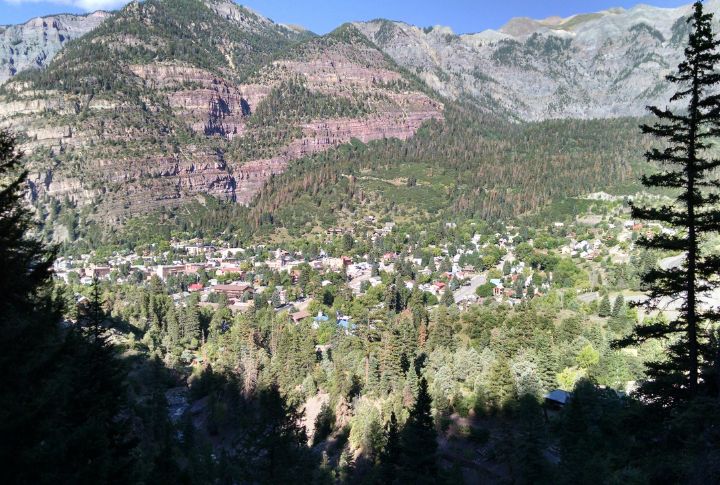
Disasters don’t exactly ask for permission, and some states are way better at staying standing when everything else is falling apart. These places don’t just hang on—they’re built to adapt and keep things moving. Are you curious which ones make survival look almost easy? Here are the states worth paying serious attention to.
Idaho
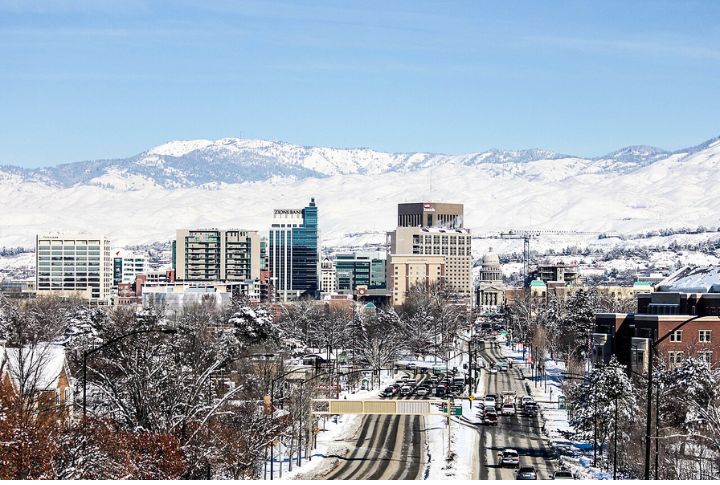
If staying alive means staying prepared, Idaho delivers. Vast, rugged lands and sparse population reduce chaos and conflict, offering rare safety. The Snake River also never runs dry. Idaho feeds millions; its potato output alone offers long-term nourishment. Additionally, lava tubes provide natural protection from harsh weather, radiation, and detection. Here, survival isn’t just possible; it’s promising.
Montana
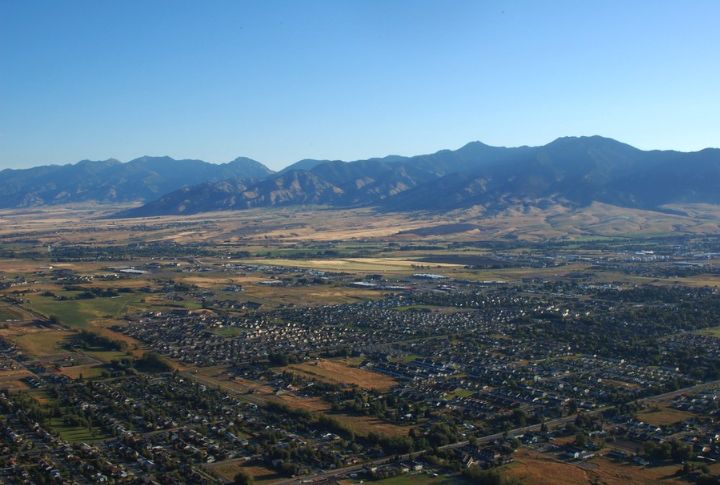
Montana is made for those who plan ahead. Its massive wilderness—147,000 square miles with only 7.4 people per square mile—limits threats from others. Cattle ranches thrive across fertile plains, and elk are more common than humans in some counties. Beneath it all, abandoned mines provide underground protection.
Wyoming

Looking for a place where survival isn’t constant combat? With just six people per square mile, Wyoming grants space. Coal and natural gas keep the grid running when it fails. Yellowstone’s geothermal springs offer reliable heat in extreme conditions. Antelopes roam freely across open land, and wind farms scattered around make powering your bunker easy.
North Dakota

Staying safe starts with space, and North Dakota’s sparse population ensures that upfront. Its farmland pumps out wheat and sunflowers, helping ensure food supplies. The Bakken region’s oil reserves provide energy for off-grid living. Additionally, old winters deter most threats, and Cold War-era missile shelters beneath the terrain serve as ready-made fortified protection.
Alaska
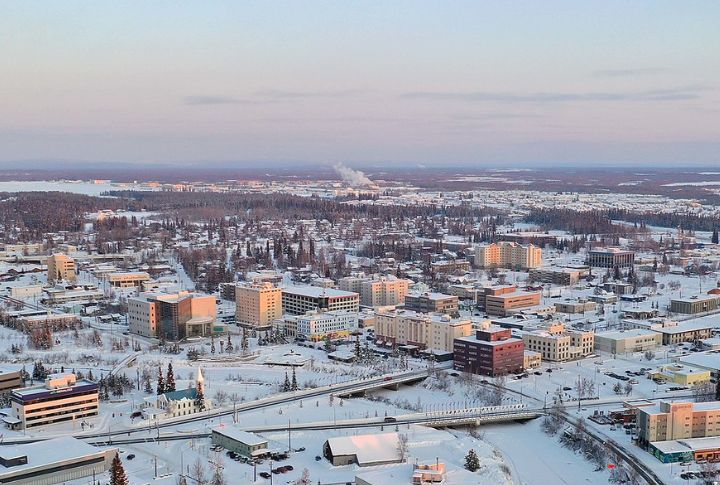
With its bitter cold and distance from the mainland, Alaska naturally keeps dangers at bay. Its salmon-filled rivers and moose-dotted forests mean there’s no shortage of protein. When the summer sun refuses to set, gardens thrive around the clock. Glaciers provide fresh water, and bush-plane towns support remote trade, rescue, and emergency mobility.
Nevada
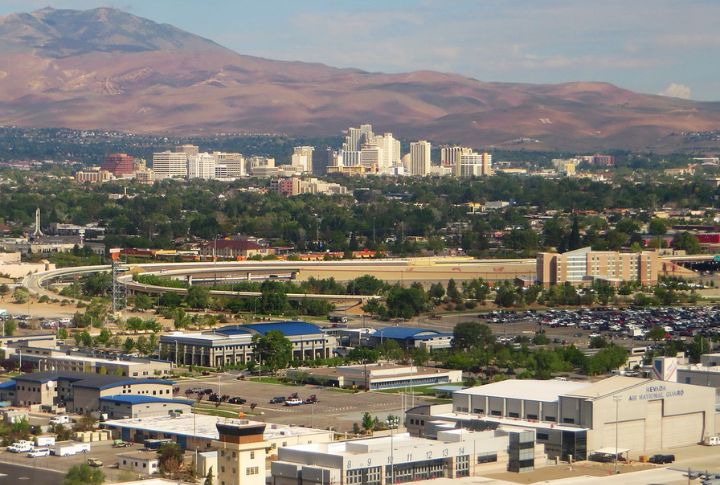
Need a survival setup from day one? Nevada delivers essentials with wide-open deserts and few people, reducing risks. Reliable water comes from underground aquifers and springs. Solar power thrives under 300+ sunny days. Nearby old mining tunnels offer ready-made bunkers. Inspired by Area 51, off-grid shelter strategies support long-term planning.
Maine
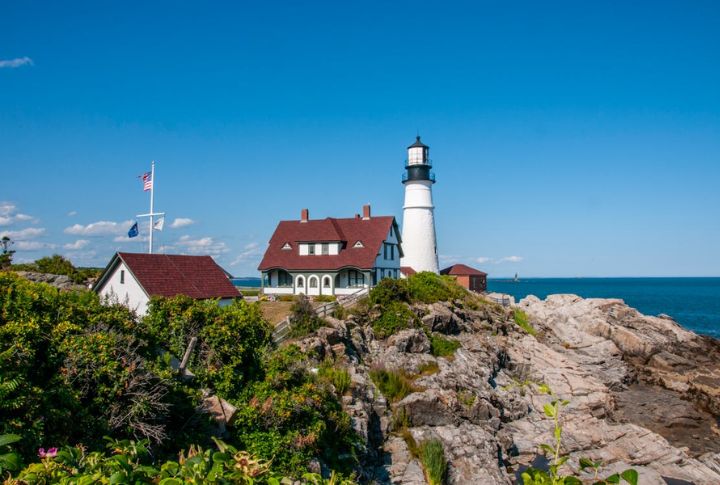
Maine is covered in thick forests, with about 90% of its land offering natural concealment when things go bad. Winter’s no obstacle with thousands of miles of groomed snowmobile trails. Meanwhile, the ocean’s crawling with lobster and possible escape routes. Lighthouses can also serve as elevated lookout points when needed.
Oregon
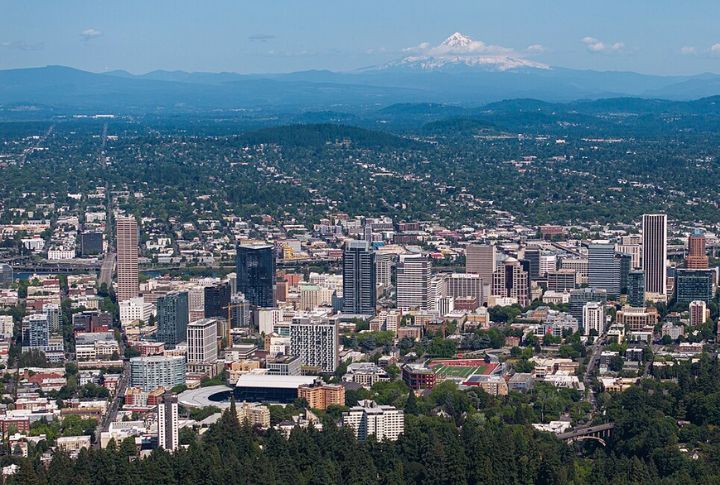
Oregon delivers key elements for those thinking long-term. The Willamette Valley supports steady food growth. Its diverse terrain, from beaches to high elevations, ensures protection on every front. Timber from thick rainforests builds shelter, and microbreweries demonstrate how to purify water. Rivers stretching 11,000 miles further help keep clean water within easy reach.
West Virginia
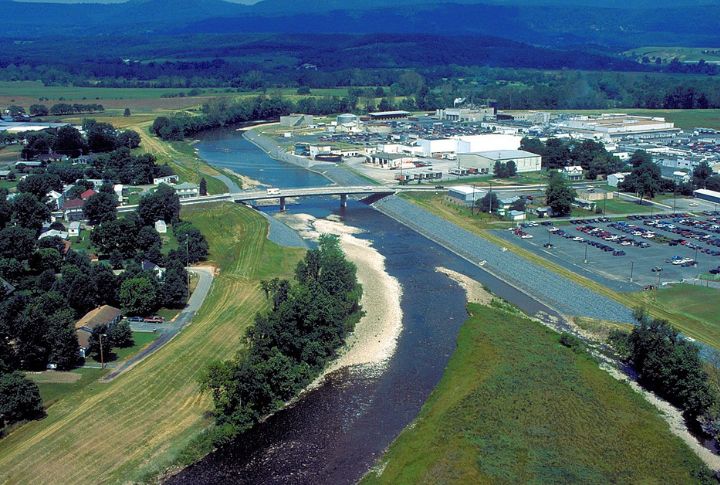
Picture a place where the mountains shield you, the forests hide you, and the rivers power your tools. That’s West Virginia. Coal mines become underground safe havens while keeping you warm. Wild ginseng gives you trade leverage. Forests stretch endlessly, and with that kind of cover, survival starts to feel possible—even inevitable.
Colorado
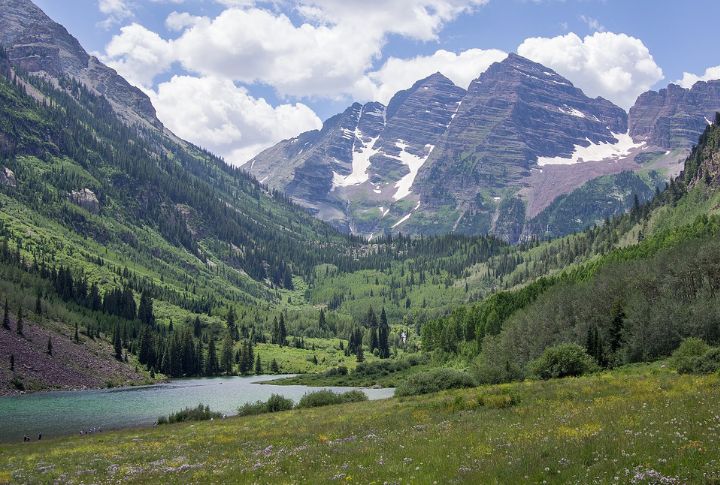
High elevation, renewable energy, and natural shelter make Colorado a survival stronghold. The Rocky Mountains act as a geographic barrier. Over 300 sunny days and steady winds support off-grid power. Old ski resorts can be repurposed as bunkers. Geothermal hot springs provide reliable heat through winter without the need for fuel or electricity.
